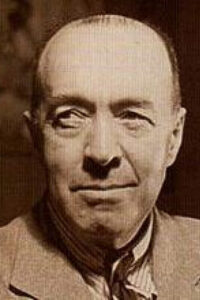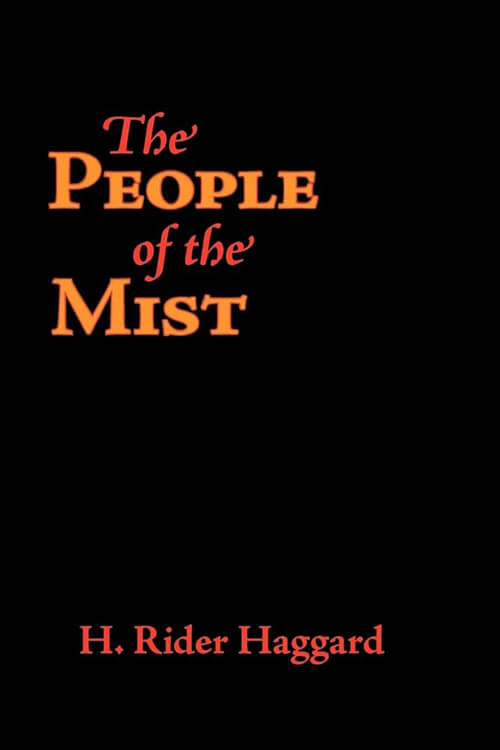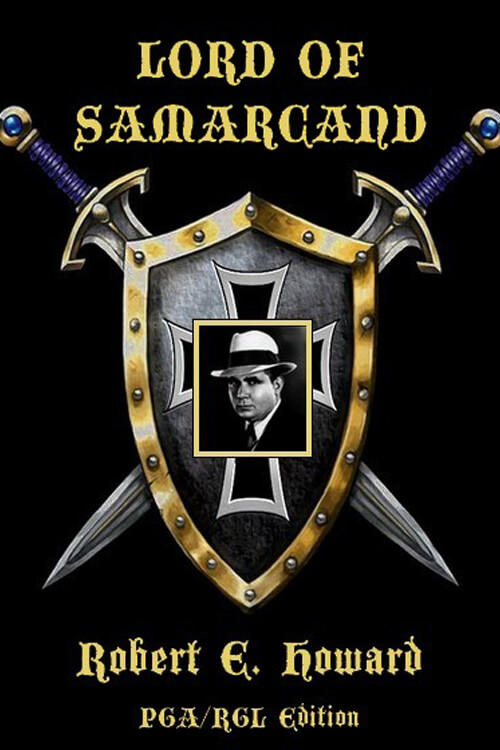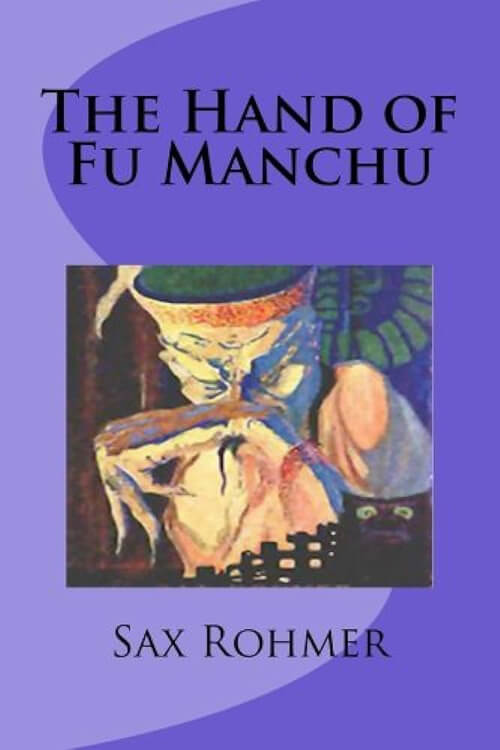
A Princess of Mars
John Carter, a Confederate veteran of the American Civil War, goes prospecting in Arizona immediately after the war’s end. Having struck a rich vein of gold, he runs afoul of the Apaches. While attempting to evade pursuit by hiding in a sacred cave, he is mysteriously transported to Mars, called “Barsoom” by its inhabitants. Carter finds that he has great strength and superhuman agility in this new environment due to its lesser gravity and lower atmospheric pressure. He soon falls in with the Tharks, a nomadic tribe of Green Martians, as the planet’s warlike, six-limbed, green-skinned inhabitants are known. Thanks to his strength and martial prowess, Carter rises to a high position in the tribe and earns the respect and, eventually, the friendship of Tars Tarkas, one of the Thark chieftains.
The Tharks subsequently capture Dejah Thoris, Princess of Helium, a humanoid red Martian race member. The red Martians inhabit a loose network of city-states and control the desert planet’s canals, where agriculture is concentrated. Carter rescues Dejah Thoris from the green men to return her to her people. Subsequently, Carter becomes embroiled in the political affairs of both the red and green Martians in his efforts to safeguard Dejah Thoris. He eventually raises a horde of Tharks and other tribes and leads them against the city-state of Zodanga, the historic enemy of Helium. He wins Dejah Thoris’ heart and becomes Prince of Helium, and the two live happily together for nine years. However, the sudden breakdown of the Atmosphere Plant that sustains the planet’s waning air supply endangers all life on Barsoom. In a desperate attempt to save the planet’s inhabitants, Carter uses a secret telepathic code to enter the factory, bringing an engineer who can restore its functionality. Carter then succumbs to asphyxiation, only to awaken back on Earth, left to wonder what has become of Barsoom and his beloved.
Read or download Book
Edgar Rice Burroughs
Edgar Rice Burroughs (September 1, 1875 – March 19, 1950) was an American writer best known for prolific output in adventure, science fiction, and fantasy. Best known for creating the characters Tarzan and John Carter, he also wrote the Pellucidar series, the Amtor series, and the Caspak trilogy. Tarzan was immediately famous, and Burroughs capitalized on it in every possible way, including a syndicated comic strip, films, and merchandise. Tarzan remains one of the most successful fictional characters today and is a cultural icon. Burroughs’s California ranch is now the centre of the Tarzana neighbourhood in Los Angeles, named after the character. Burroughs explicitly supported eugenics and scientific racism in fiction and nonfiction; Tarzan was meant to reflect these concepts.
Biography
Burroughs was born on September 1, 1875, in Chicago (he later lived for many years in the suburb of Oak Park), the fourth son of Major George Tyler Burroughs, a businessman and Civil War veteran, and his wife, Mary Evaline (Zieger) Burroughs. His middle name is from his paternal grandmother, Mary Coleman Rice Burroughs. Burroughs was almost entirely of English ancestry, with a family line in North America since the Colonial era. Through his Rice grandmother, Burroughs was descended from settler Edmund Rice, one of the English Puritans who moved to Massachusetts Bay Colony in the early 17th century. He remarked, “I can trace my ancestry to Deacon Edmund Rice.”
The Burroughs side of the family was also of English origin, having emigrated to Massachusetts around the same time. Many of his ancestors fought in the American Revolution. Some of his ancestors settled in Virginia during the colonial period, and Burroughs often emphasized his connection with that side of his family, seeing it as romantic and warlike. Burroughs was educated at several local schools. He then attended Phillips Academy in Andover, Massachusetts, and the Michigan Military Academy. After graduating in 1895 but failing the United States Military Academy entrance exam at West Point, he became an enlisted soldier with the 7th U.S. Cavalry in Fort Grant, Arizona Territory. After being diagnosed with a heart problem and thus ineligible to serve, he was discharged in 1897.
After his discharge, Burroughs worked at several different jobs. During the Chicago influenza epidemic of 1891, he spent half a year at his brother’s ranch on the Raft River in Idaho as a cowboy, drifted somewhat afterwards, then worked at his father’s Chicago battery factory in 1899, marrying his childhood sweetheart Emma Hulbert (1876–1944), in January 1900. In 1903, Burroughs joined his brothers, Yale graduates George and Harry, who were, by then, prominent Pocatello area ranchers in southern Idaho, and partners in the Sweetser-Burroughs Mining Company, where he took on managing their ill-fated Snake River gold dredge, a classic bucket-line dredge. The Burroughs brothers were also the sixth cousins, once removed, of famed miner Kate Rice, who, in 1914, became the first female prospector in the Canadian North. Journalist and publisher C. Allen Thorndike Rice was also his third cousin. When the new mine proved unsuccessful, the brothers secured Burroughs a position with the Oregon Short Line Railroad in Salt Lake City. Burroughs resigned from the railroad in October 1904.
Later life
By 1911, at age 36, Burroughs began to write fiction after seven years of low wages as a pencil-sharpener wholesaler. By this time, Emma and he had two children, Joan (1908–1972) and Hulbert (1909–1991). He had copious spare time during this period and began reading pulp fiction magazines. In 1929, he recalled thinking that:
“[…] If people were paid for writing rot, such as I read in some of those magazines, I could write stories just as rotten. Although I had never written a story, I knew I could write stories just as entertaining and probably much more so than any I chanced to read in those magazines.”
In 1913, Burroughs and Emma had their third and last child, John Coleman Burroughs (1913–1979), later known for his illustrations of his father’s books. In the 1920s, Burroughs became a pilot, purchased a Security Airster S-1, and encouraged his family to learn to fly. Daughter Joan married Tarzan film actor James Pierce. She starred with her husband as Jane’s voice from 1932 to 1934 for the Tarzan radio series. Burroughs divorced Emma in 1934, and, in 1935, married the former actress Florence Gilbert Dearholt, who was the former wife of his friend (who was then himself remarrying), Ashton Dearholt, with whom he had co-founded Burroughs-Tarzan Enterprises while filming The New Adventures of Tarzan. Burroughs adopted the Dearholts’ two children. He and Florence divorced in 1942.
Burroughs was in his late 60s and was in Honolulu at the time of the Japanese attack on Pearl Harbor. Despite his age, he applied for and received permission to become a war correspondent, becoming one of the oldest U.S. war correspondents during World War II. William Brinkley’s bestselling novel Don’t Go Near the Water mentions this period of his life.






